
“Just as the great oceans have but one taste, the taste of salt, so too there is but one taste fundamental to all true teachings of the way, and this is the taste of freedom.”
-The Buddha
Daily Zen: Explore, Reflect, Awaken
Welcome to Daily Zen, your space for insight, reflection, and transformation. Here, we share wisdom and teachings to help you navigate the challenges of everyday life with clarity, compassion, and presence.
Each day offers an opportunity to pause, connect, and awaken to the true nature of your life. Through thoughtful blog posts, engaging videos, inspiring podcasts, and opportunities to connect in person, you’ll find resources to support your journey on the Zen path.
Ready for more?
Watch our talks on YouTube, where Sensei Michael explores the depth of Zen practice and its relevance to modern life.
Listen to our podcast, Awakening Streams, available on all major platforms, and carry Zen insights with you wherever you go.
Take a class to deepen your understanding and experience of Zen practice.
Join us for a retreat, where you can immerse yourself in stillness and self-discovery.
Become a Zen Student, embarking on a transformative journey of practice and guidance.
Whether you’re just beginning or well along the path, let’s explore the way of Zen together.
This morning’s Daily Zen Talk — a reminder that every mask we wear eventually slips. Sit and see what’s underneath…
You've tasted the peace of retreat, but what happens the moment you walk out the door? Sensei Michael Brunner reveals the Garuda Trap: the instant surge of karmic momentum that destroys your clarity. Learn the only way to avoid becoming the blind turtle, crushed under Mount Sumeru. Don't just leave retreat—master your re-entry.
Zen priest Sensei Michael Brunner explores the profound difference between "all over the body" and "throughout the body" compassion, rooted in the ancient Ungan’s Great Compassionate One koan.
Find out how this teaching manifests in the community missions of One River Zen in Ottawa, Illinois. Learn why real practice isn't about being a "perfect Buddhist," but about the instant, unhesitating response of reaching for your pillow in the dark.
When the mind grows still, the mountain appears. In this reflection on Case 19 of the Shōyōroku, Sensei Michael Brunner of One River Zen in Ottawa, IL, explores Ummon’s simple yet profound response—“Mount Sumeru.” What does it mean to meet life’s obstacles not with resistance, but with clarity and wonder?
When every movement of the heart leans toward desire or resistance, how do we know what direction is true?
In this Dharma talk, Sensei Sōen Michael Brunner, Abbot of One River Zen in Ottawa, Illinois, turns to the final case of the Book of Equanimity — Rōya’s Mountains and Rivers — to explore what it means to live from original nature rather than from the push and pull of the egoic self.
Drawing unlikely parallels between Aleister Crowley’s “Do what thou wilt” and John the Baptist’s “He must increase, I must decrease,” Sensei Sōen shows how Zen cuts through both self-assertion and self-erasure to reveal the clear and boundless life that gives rise to mountains, rivers, and this very breath.
During the 2025 Ango at One River Zen, Shuso Genpo Seth Myers opened our four-week Heart Sutra study by returning us to the basics — not as beginners in knowledge, but as beginners in seeing. Rather than analyzing the Sutra as philosophy, this first class turns us back toward direct experience: what remains when the grasping mind falls silent.
In this morning talk, Sensei Michael Brunner of One River Zen in Ottawa, Illinois, takes up Case 17 of the Shōyōroku, where a single “hair’s-breadth” is enough to split Heaven and Earth. What begins as a brief exchange between two Zen masters becomes a mirror for the way we create distance from our own lives — every time we compare, resist, or try to understand rather than meet just this.
Chisō Robb Hasty — a student at One River Zen in Ottawa, Illinois and the current Mayor of Ottawa — reflects on a brief koan in which the Zen master Ikkyū visits the dying monk Ninakawa. What unfolds in just a few lines dismantles one of our most unquestioned convictions: that we come into life alone and leave it alone. With the clarity of a single sentence, Ikkyū reveals a path where there is no coming and no going — a reality already present beneath the stories we tell about ourselves.
As sesshin closed, we turned to Case 6 of the Shōyōroku—Baso’s “White and Black.” What begins as a monk’s search for meaning becomes a living exchange of silence, headache, and not-knowing. Baso’s answer isn’t spoken; it’s embodied. White and black—two gestures of one mind—point to the truth that never stops walking.
In this final talk from sesshin, Sensei Michael Brunner concludes the four-part series on Sekitō Kisen’s Song of the Grass-Roof Hermitage with the closing verse: “Turn around the light to shine within, then just return.” Having built the hut, opened it to vastness, and settled into stillness, the hermit now comes home to what was never apart. This is the return beyond attainment — the simplicity of being lived by the Way itself.
Here, Sekitō Kisen speaks of stability, embodiment, and the luminous ordinariness of awakening. We return to the hut not to escape the world, but to live freely within it. The wind, the rain, the aching knees of zazen — all are part of the same song.
In this second talk from the 2025 Ango Opening Sesshin, Sensei Michael Brunner continues his four-part exploration of Sekitō Kisen’s Song of the Grass Roof Hermitage. What began as a fragile ten-foot hut now opens to include the entire world. The hermit who once sought refuge discovers that his dwelling has no boundaries — and that the “original master” who abides within is unborn, undying, and ever-present.
In this opening talk from the 2025 Ango Sesshin at One River Zen, Sensei Michael Brunner introduces Sekitō Kisen’s timeless poem, The Song of the Grass Roof Hermitage. Speaking from the stillness of sesshin, Sensei explores how Sekitō’s “grass hut” is not a structure but a state of mind — simple, transparent, and free.
At the opening of our Ango practice period, we turned to the koan Hyakujo’s Fox—a story about karma, consequence, and the illusion of escape. We spend much of our lives trying to outwit our circumstances, but awakening isn’t found outside the web of cause and effect—it’s revealed right within it. Each breath, each act, each mistake is already the field of practice.
Your Buddha nature isn’t something you polish into being—it’s already here, already complete. The project of self-perfection collapses. What remains? Just this—quiet presence, unguarded wonder. The heart of Zen.
We speak so often without really intending to connect—just trying to be right, or to relieve some internal pressure. But unless someone sincerely wants to hear, our words scatter like dust. In Zen, there’s no reward for performance, no applause for being “beyond.” In fact, the very idea of being beyond is often the net we’re still caught in. True practice begins when we stop trying to be impressive, stop trying to be seen, and simply meet the moment as it is—muddy, raw, and real. Let the dust settle. Then you can begin.
In this teisho, we enter the deep current of the Avatamsaka Sutra and Dōgen’s wisdom to explore Indra’s Net, karmic momentum, and the luminous jewel hidden in the folds of your very own robe. You don’t need to earn it—but you do need to realize it.
We are already reflecting the whole, whether we see it or not.
Wonder, not knowledge, is the key.
What if awakening isn’t found in scriptures or mountaintops, but in a simple farm rice cake?
In this grounded and provocative talk, Sensei Michael Brunner reflects on a Zen koan that challenges our deepest assumptions about sacredness. Why do we divide life into holy and profane? What do we miss when we dismiss the ordinary?
We chase meaning like it’s out there somewhere—hidden in a teaching, a moment, a breakthrough. But what happens when even “no meaning” becomes another thing to hold onto? In this talk on Book of Equanimity, Case 80, we sit with Ryūge’s journey through questions, blows, and the quiet unraveling of self. It’s not about finding the answer. It’s about what’s left when the search gives up.
What holds the self together after it’s been born through karma? In this week’s powerful class, we step beneath the surface of our constructed identities to explore the quiet architecture of the ego—its defense mechanisms, its patterns of protection, and its habitual strategies for survival. Drawing from Anna Freud’s foundational work and illuminated through the lens of Zen practice, we uncover how fear, shame, and avoidance become karmic habits… and how clarity, presence, and vow can transform them. This isn’t about fixing yourself—it’s about meeting yourself fully. Join us for a deep dive into the hidden strategies of the self, and the liberating possibility of embodying your true nature.
What if the moment everything fell apart was actually your beginning?
In this compelling Dharma talk, Sensei Michael Brunner explores the “great death” of the self—and the raw, luminous life that follows. Drawing on Zen koans and Dōgen’s teachings, this reflection invites us to stop patching the past and instead step forward, fully present, in the daylight of our own awakening.
Sensei reflects on the recent loss of his brother, Daniel Brunner, to suicide.
“Forsakenness itself is part of the Way. It is a Dharma gate.
When we meet it fully—tears, trembling, and all—something profound opens.
Not escape, but transformation.”
— Hoshi Jinsen Vanessa Roddam
In this powerful and honest reflection, Genpō shares how meditation became more than a practice—it became a path through trauma, anxiety, and the quiet weight of daily life. From his early struggles with identity to his years as a first responder, this talk traces a journey back to presence, wonder, and clarity.
“Sometimes healing doesn’t come from figuring things out—
It comes from finally seeing that they were just stories all along.”
What happens when we stop chasing realization and simply stand where we are? In this talk, Sensei Michael takes us deep into the mountains with Hofuku and Chōkei, where a single gesture reveals everything—and nothing.
This is not a story about arriving. It’s a call to intention. A reminder that true practice isn’t hidden in mystery—it’s alive in every step, if only we show up!
Your mind jumps from thought to thought like a restless monkey—but who are you when the monkey is silent? In this kōan, Chuyu offers a striking image: a monkey at the center of a room with six windows, responding to every call. Sensei Michael Brunner unpacks how we get caught in our own narratives—and how to step beyond them.
A monk asks for directions. An old woman gives him a simple answer. But as he walks away, she remarks, “This good honest priest goes off that way too.”
What did he miss? What did she see? And why does Jōshū say, “I’ve seen through the old woman for you”?
When we seek too hard, we often overlook what’s right in front of us.
Go straight on.
Before a pilot takes off, they check the wind, the visibility, the conditions as they are—not as they wish them to be. Yet in life, we often rush forward without this same awareness. What happens when we stop resisting and start working with reality as it unfolds? The key to soaring isn’t perfect conditions—it’s skillful navigation.
What happens when we stop grasping for meaning? What remains when we let go of the stories we attach to our suffering? The answers are not found in ideas—but in direct experience. In this new Dharma talk, Sensei Michael Brunner explores Hekiganroku Case 20: Ryūge Asks Suibi and Rinzai.
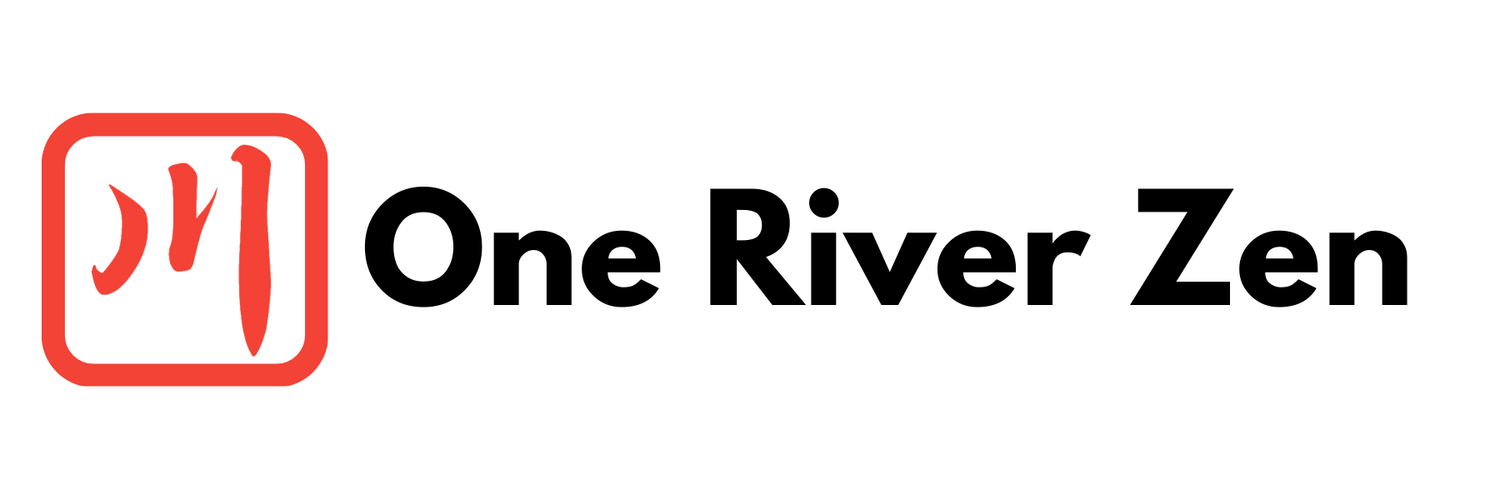







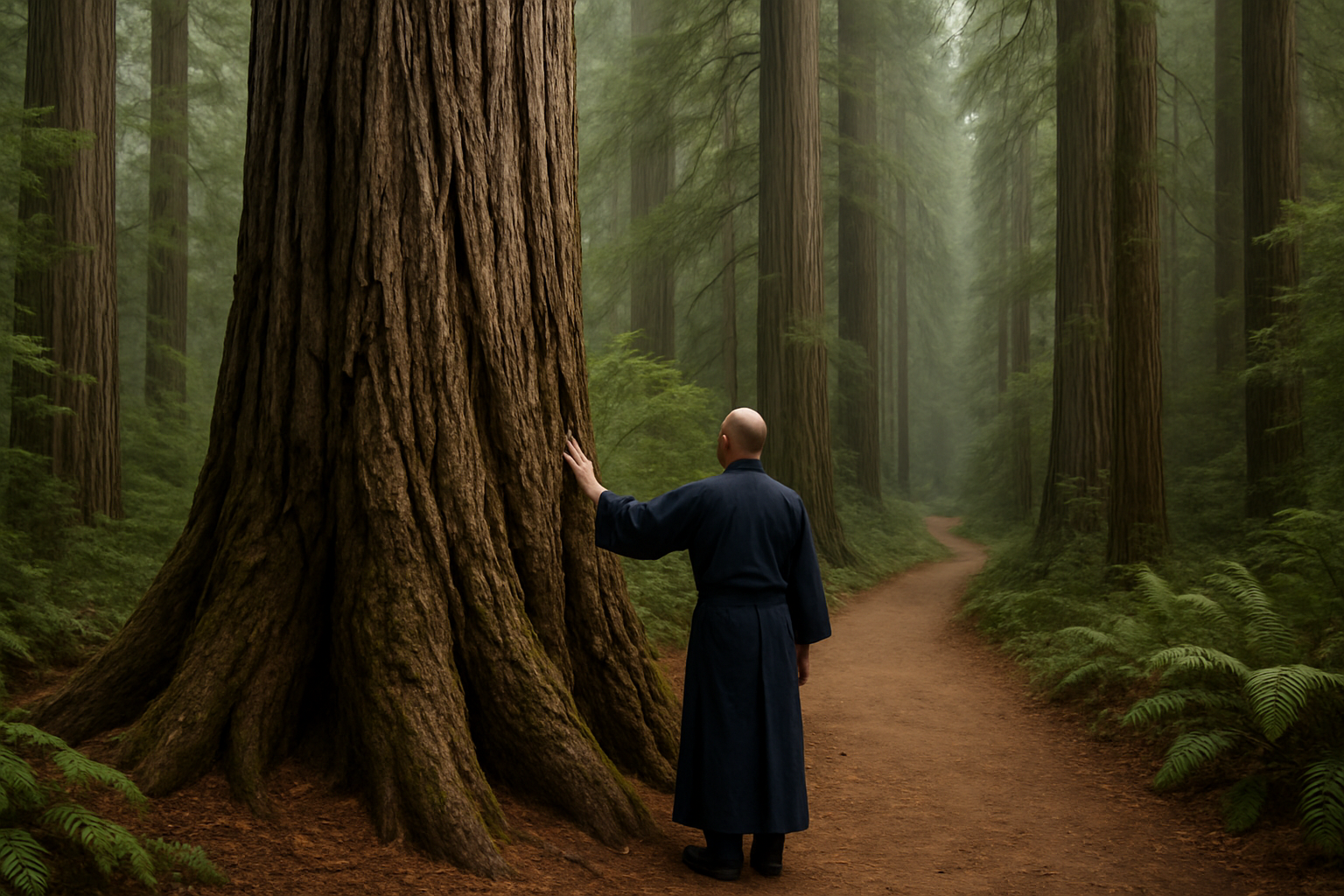








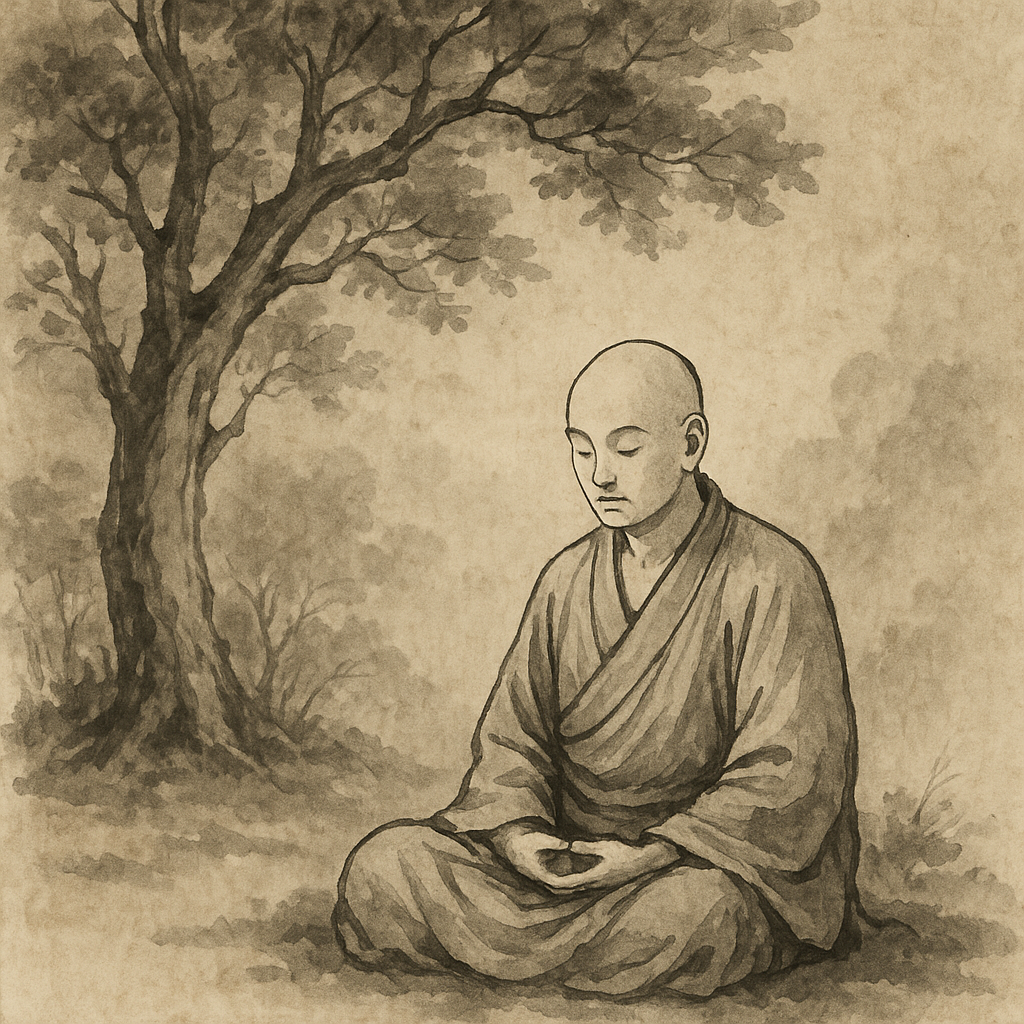




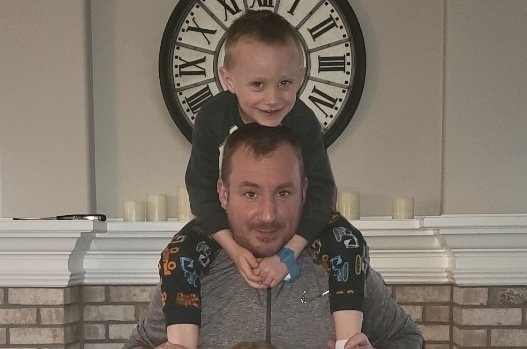




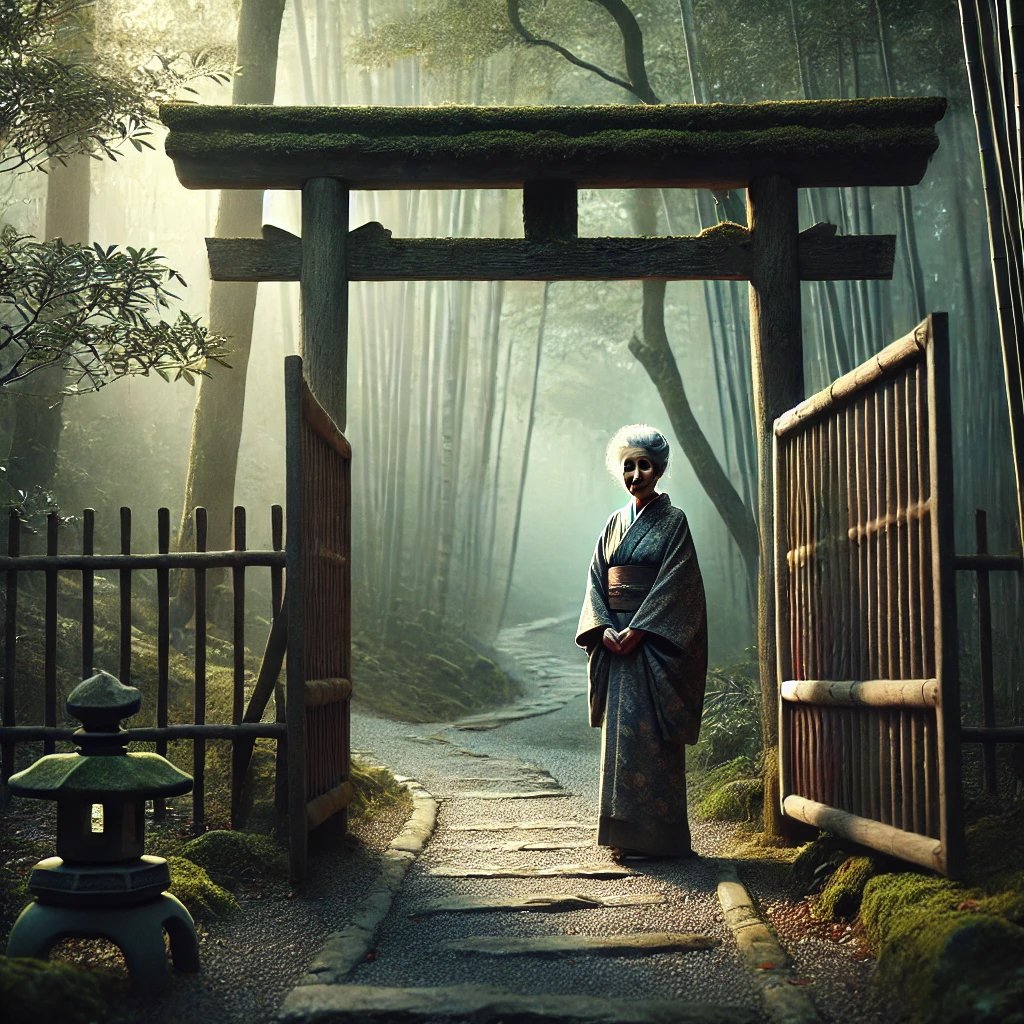


Come join us for meditation or a retreat as this year comes to a close, and we begin to awaken to the possibilities 2026 will bring!